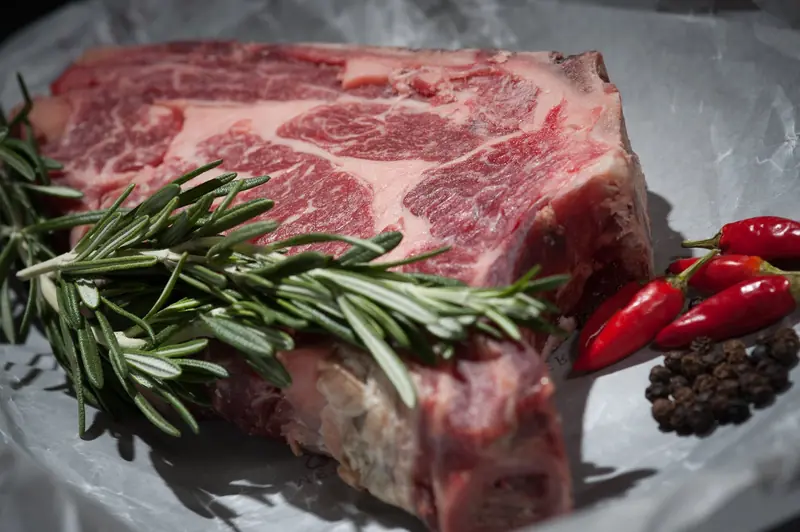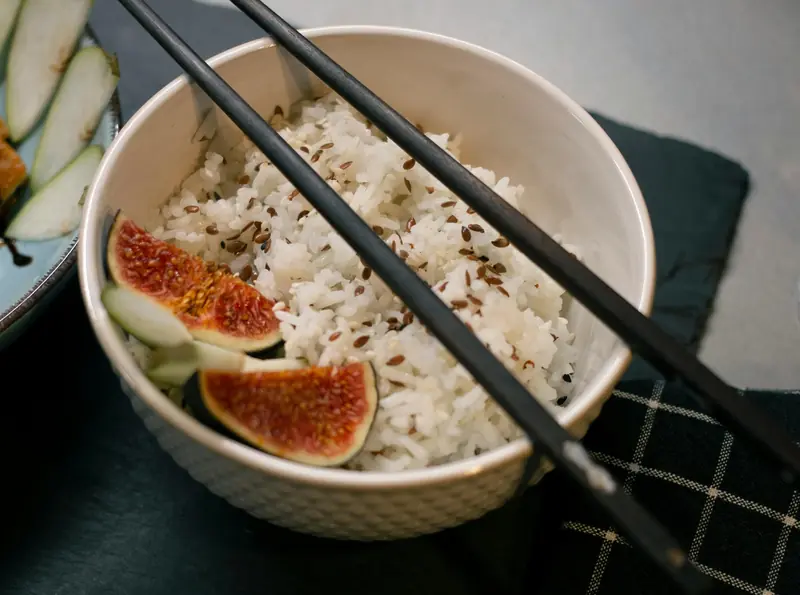
Researchers from Yonsei University in South Korea have reported that their experimental product boasts a “unique blend of flavors” and a pleasant taste. They believe that “beef rice” could quickly gain popularity among food enthusiasts and advocates of eco-friendly products.
How “rice-beef” was grown, and more importantly, why
A team led by Professor Jinky Hong prepared the experimental food by coating traditional rice grains with fish gelatin and seeding them with stem cells from skeletal muscle and fat. This was the first stage of growing the hybrid in a laboratory setting.
Next, the mixture of rice, muscle, fat, and gelatin was cultivated for 9 to 11 days. After that, the resulting product was steamed and tasted.
According to the researchers, they created a nutritious and flavorful dish. Importantly, it aligns with a current trend: it has a significantly lower carbon footprint compared to the multi-step process of meat production. Additionally, it serves as a more accessible source of protein than beef, as reported by The Guardian.
“During cooking, the rice retains its traditional appearance but acquires a unique combination of flavors,” Professor Hong confirmed. The “beef rice” features a subtle nutty note and an umami flavor. (Umami is a term traditionally used in Eastern culinary cultures to describe the so-called “fifth taste,” which is the flavor of proteins and meat. – Ed.)
While the hybrid product does not exactly replicate the taste of beef, it offers a pleasant and novel flavor, the professor added. “We tried it with various toppings, and it turned out to pair well with different dishes,” noted the lead researcher.
Rice is primarily a carbohydrate with smaller amounts of proteins, fats, vitamins, and minerals, the scientists wrote in an article for the journal Matter. The integration of animal cells into rice allowed for the creation of a “new complete food.” This, in turn, could help ensure the planet has enough food supply.

Pros and cons of “rice-beef”
The hybrid rice, according to the scientists, is more delicate and fragile than traditional soft and sticky rice, but it contains 8% more protein and 7% more fat. The team also reported that the lab-grown rice with a high concentration of muscle cells had a scent reminiscent of beef and almonds, while the rice with a higher amount of animal fat smelled more like cream, butter, and coconut oil.
According to the researchers’ calculations, the newly created rice exemplifies how to make food production more environmentally friendly. While producing 100 grams of beef protein emits about 50 kilograms of carbon dioxide, producing 100 grams of protein from hybrid rice emits less than 6.27 kilograms of CO2. Additionally, the lab-grown “beef rice” is quite affordable for consumers, costing around $2.23 per kilogram.
The researchers believe that hybrid rice could help replenish food supplies in regions facing hunger. It may also be included in the diets of astronauts and military personnel.
However, this culinary innovation has received mixed reviews from independent experts. Professor Hanna Tuomisto, who studies sustainable food systems at the University of Helsinki, doubts that this product will become a serious alternative to traditional rice with meat. According to her, the final product contained only 4.8 grams of cultivated beef cells per kilogram of rice, meaning the meat made up just 0.5%, while rice constituted 99.5%. “To replace meat, the protein percentage in the final product needs to be higher,” the researcher believes.

